- 5D/4N
- 4D/3N
- 6D/5N
- 7D/6N
- 7D/6N
- 5D/4N
- 4D/3N
- 2D/1N
- 5D/4N
- 3D/2N
- 4D/3N
- 3D/2N
- 8D/7N
- 4D/3N
Bhubaneswar Tour Packages
5 / 5
(7654 Reviews)
Odisha
Bhubaneswar Tour Packages
Trip Starting Point: Bhubaneswar City
Mode of Travel: Car (or Cab)
Trip Duration: 2 Days
Ideal Start Time: 10 AM (Day 1) & 9 AM (Day 2)
Total Places Visited: 12
Nearest Airport : Bhubaneswar
Nearest Railway Station : Bhubaneswar
Language : Bengali,English,Hindi,Oriya
Bhubaneswar Tour Packages Overview
Bhubaneshwar, the capital of Odisha, is a popular tourist destination and often referred to as the ‘Temple City of India’. Many of its temples are dedicated to Lord Shiva. The city boasts stunning architecture, iconic landmarks, and breathtaking natural sights that showcase the rich culture of ancient times. In addition to its beauty, Bhubaneshwar is also known for its local specialties such as Tussar silk fabric, handicrafts, paintings, and sculptures.
Besides the temples, Bhubaneswar boasts an ancient cave complex, museums, and an animal safari park, all to enhance your vacation experience. With a history that spans over 2000 years, Bhubaneshwar holds the distinction of being the capital of ancient Kalinga. A visit to this charming city will transport you to a bygone era. At TravelSangi, we provide top-notch tour packages for you to discover and immerse in the cultural richness and diversity of Bhubaneswar.
Bhubaneswar Tour Packages Itinerary
Udayagiri & Khandagiri Caves:
The Udayagiri and Khandagiri Caves, named after the two hills on which they are located, known as Kumari and Kumara Parvatas in the Hathi Gumpha inscription, face each other across a road. They are considered one of the earliest examples of Jaina rock-cut architecture in eastern India, with significance in the fields of architecture, art, and religion. Referred to as Lena in the inscriptions, these caves were primarily created during the reign of Kharavela in the 1st century BC as a residence for Jaina monks. Their existence was first discovered by A. Stirling in 1825 AD.
Museum Of Tribal Arts & Artifacts:
Established in 1953, the Tribal Museum in Bhubaneswar is a vital component of the Scheduled Castes and Scheduled Tribes Research and Training Institute (SCSTRTI). Its primary objective is to safeguard and promote the rich Tribal culture of the state. Showcasing an extensive range of Odisha's tribal treasures, this museum was acknowledged by UNESCO as the best among 21 Tribal Museums in India in 2010.
Nandankanan Zoological Park:
Located on a sprawling 400-hectare land, Nandankanan was initially established in 1960 and later designated as both a sanctuary and zoo in 1979. In fact, it holds the distinction of being the first zoo in India to become a member of the World Association of Zoos and Aquariums in 2009. Interestingly, this reserve covers an expansive area of 4.37 sq. km, with a protected zone spanning over 3.62 sq. km. Aptly named 'The Garden of Heavens', Nandankanan boasts a picturesque Kanjia Lake spanning 134 acres. Its tranquil atmosphere and diverse attractions have made it a popular choice for locals and tourists alike looking for a peaceful picnic spot.
ISKCON Temple
Constructed in 1991 by the ISKCON organization, this temple provides an alternative to the Puri-based Lord Jagannath Temple, which only permits entry for Indian nationals. Within its walls reside divine deities including Lord Krishna, Balarama, Gaura Nithai, Subhadra and Jagannatha. With a strong emphasis on spreading spiritual awareness and imparting techniques for leading a spiritual life to the wider community, this temple adheres to the sacred texts of India such as Bhagavad Gita and Srimad Bhagavatam.
Overnight Stay in Bhubaneswar
Lingaraja Temple:
Honoring Harihara, a fusion deity of Vishnu and Shiva, Lingaraja Temple was constructed in the 11th century CE under the rule of King Yayati Keshari from the Somavanshi dynasty. The temple's construction coincided with King Yayati's relocation of his capital from Jaipur to Bhubaneswar. However, historians have speculated that the temple may have existed as early as the 6th century CE. According to legend, as the construction of Lingaraja Temple neared completion, the Jagannath cult gained traction. This notion is reinforced by the fact that both Lord Vishnu and Lord Shiva are worshipped at this sacred site.
Ananta Vasudeva Temple:
The Ananta Vasudeva Temple, which dates back to the 13th century AD, is a revered place of worship for the complete idols of Lord Krishna, Lord Balarama and Goddess Subhadra. Legend has it that this was the spot where Lord Vishnu was worshipped in ancient times. It was Queen Chandrika, daughter of Anangabhima III and during the reign of King Bhanudeva, who commissioned the construction of this new temple in the 13th century. In the late 17th century, during their expansion to river Mahanadi, the Marathas took on the responsibility of renovating the Vishnu Temple in Bhubaneswar.
Parashurameswara Temple:
Constructed in 650 AD, Parashurameswar Temple is a beautifully adorned shrine dedicated to Lord Shiva from the Shailodbhava period. It is part of the Parashurameswara group of temples and showcases the intricate Kalinga architectural style. The temple features a vimana and jagamohana, with the vimana having a square floor plan and walls with rathas or pagas. Its curvilinear tower (known as bada) boasts a pyramid shape made up of horizontal planes. Adorning the top is an Amalaka, a stone disk with ridges on its rim.
Mukteswara Temple:
The temple is dedicated to Lord Shiva and is renowned for its beautiful carvings and exquisite sculptural work. Built in 10th Century AD, the temple is a monument of importance in the study of the development of Hindu temples in Odisha. According to legend, the temple is considered to be one of the earliest temples of Somavamsi dynasty. Many scholars believe that this temple is the successor temple of Parasurameswara Temple and built earlier to the Brahmeswara Temple.
Kedar Gauri Temple:
The Kedar Gauri Temple complex has two temples, one for Lord Shiva and the other for Goddess Parvati. According to popular belief, King Lalatendu Kesari built these temples in honor of a pair of lovers named Kedar and Gauri. To this day, couples seeking marriage blessings visit this temple. Another story suggests that Lord Shiva and Goddess Parvati migrated from Varanasi to this quieter location.
Rajarani Temple:
The Rajarani Temple, constructed in the 11th century CE, is a sacred place dedicated to Lord Shiva and referred to as Indresvara Shiva Temple in traditional Sanskrit texts. It is renowned for its exceptional sculptures, abundance of decorative elements, vibrant architectural elements and intricate scroll work. Its current name, Rajarani, originates from the regional sandstone utilized in its construction. Often known as the 'Love Temple', it depicts intimate carvings of women and couples. This temple holds significant historical significance.
Brahmeswara Temple:
Dedicated to Lord Shiva, the Brahmeswara Temple is a magnificent structure standing in a courtyard flanked by four smaller temples. The impressive temple dates back to the late 11th century and was commissioned by King Udyotakesari's mother, Kolavati Devi, during the Somavamsi king's 18th ruling year. Constructed using traditional Kalinga architecture and stones, the temple is recognized as a panchatanaya temple with four subsidiary shrines located at the corners of the main shrine. The temple is divided into two sections - the Vimana and Jagamohana. The Vimana stands at a height of 18.96 m and was completed during its construction in 1058 AD.
Bhaskareswara Temple:
The temple was built by Gangas during 13th - 14th century CE. This temple is quite different from the other temples of Bhubaneswar in terms of its architecture. Built in the traditional architectural style of the temples of Orissa, Bhaskareswara temple is a double storied temple. The bada that is built in two tiers is a unique feature. The presiding deity of the temple is Lord Shiva worshiped as Bhaskareswara. The unique feature of the west facing temple is the 9 feet tall Shivalingam located in the sanctum sanctorum. It can be seen from both the floors. The lingam has been described in the local sacred texts as Vrihalingam. The local people believe that the idol is growing day by day.
Tour Activities
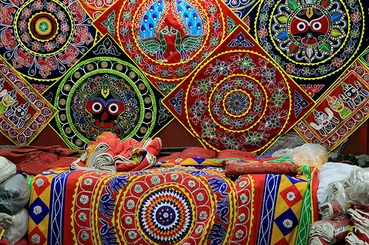
Handicraft
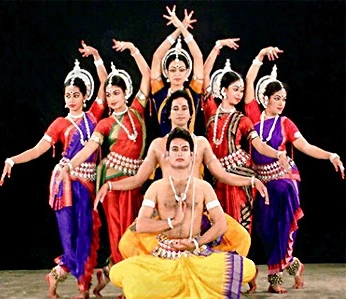
Culture Tour
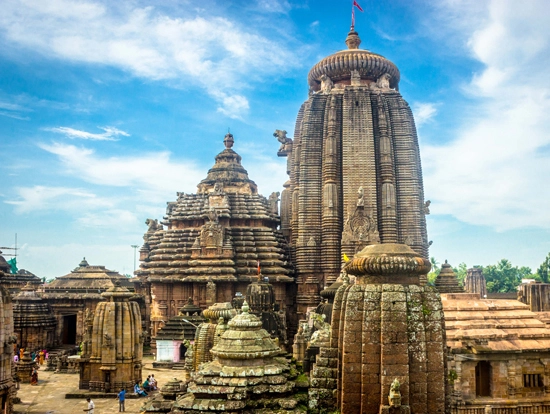
Temple Tours
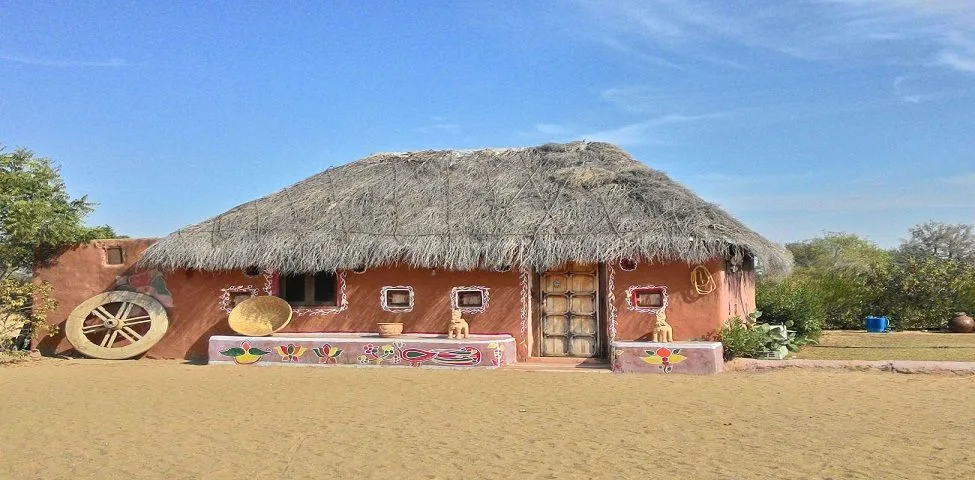
Village Tour

Zoo
Tour Ideas
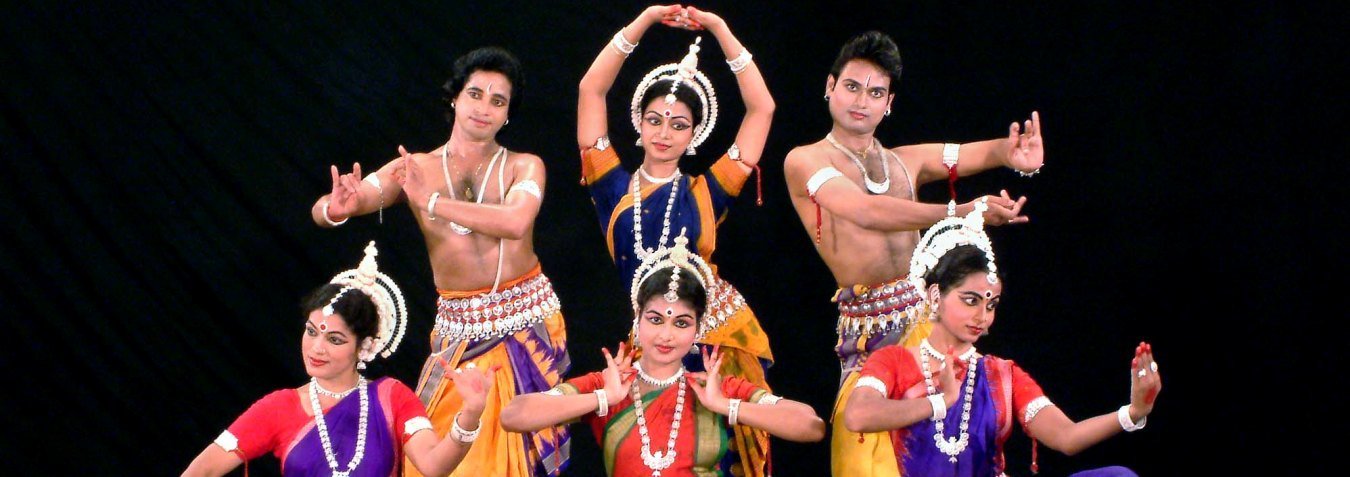
Culture Tours

Educational

Family

Group
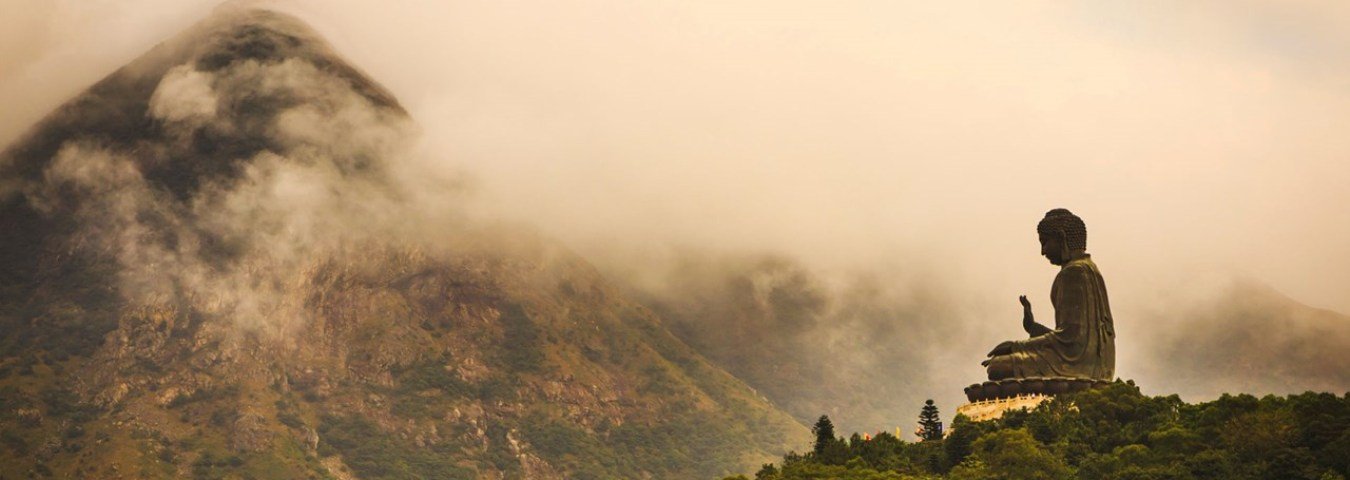
Spiritual

Weekend
Similar Package
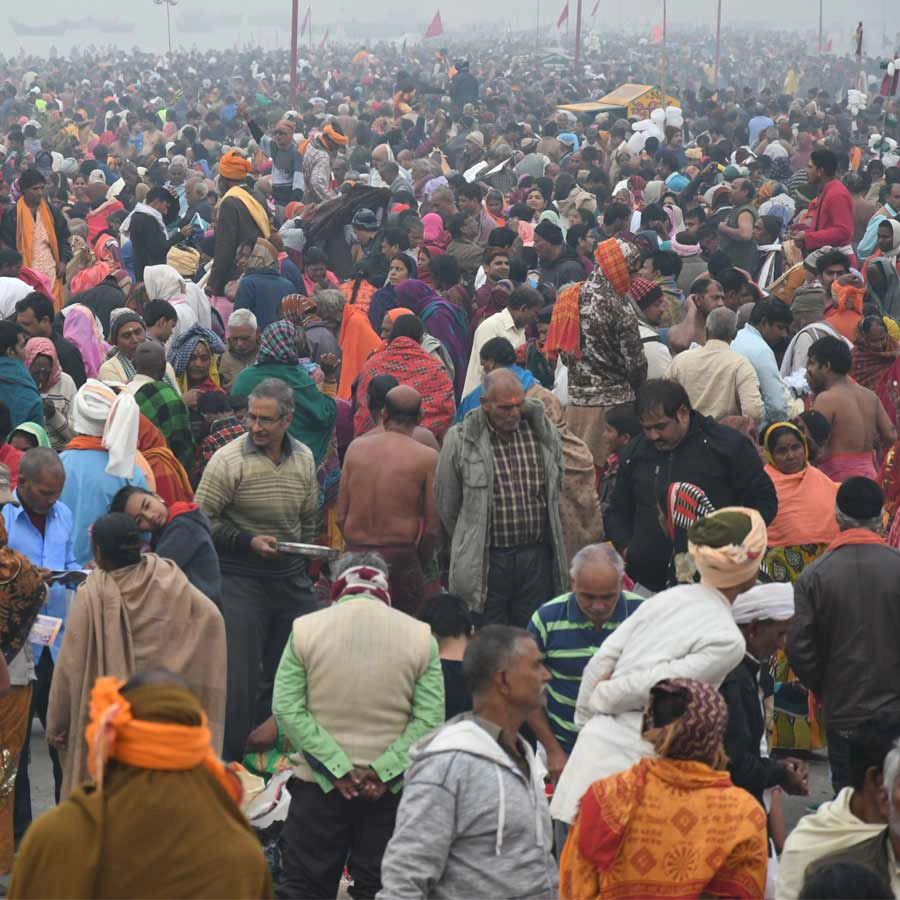
Price on Request

Price on Request

Price on Request
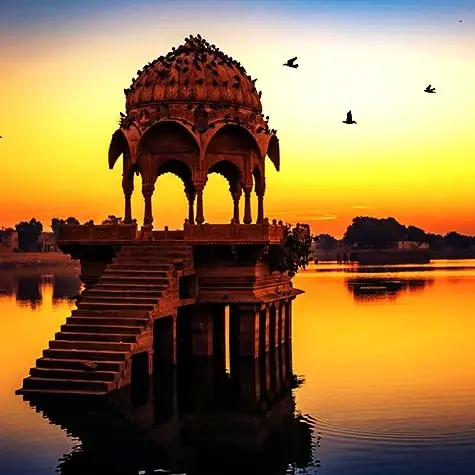
Price on Request
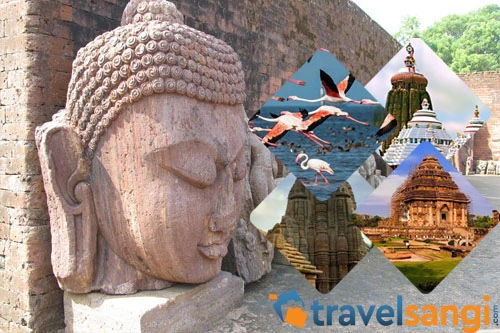
Price on Request

Price on Request

Price on Request
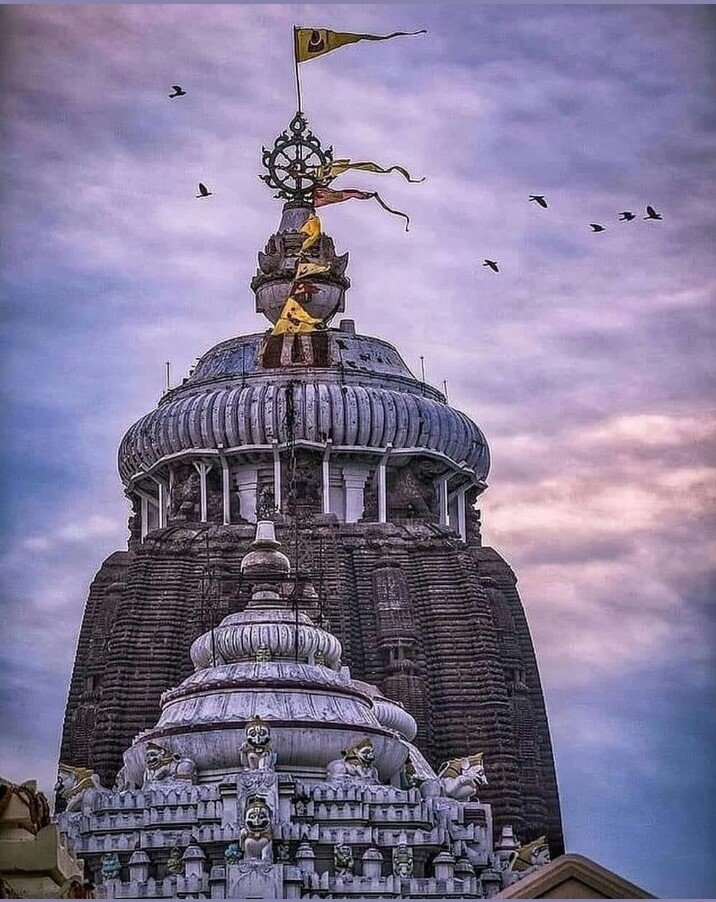
Price on Request

Price on Request
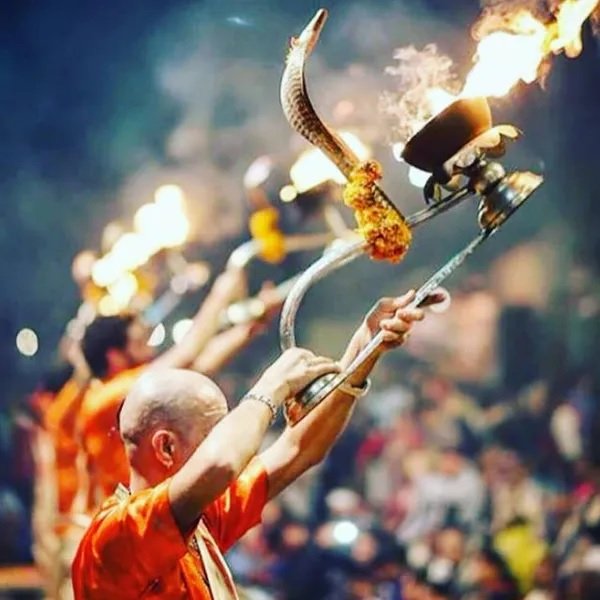
Price on Request

Price on Request
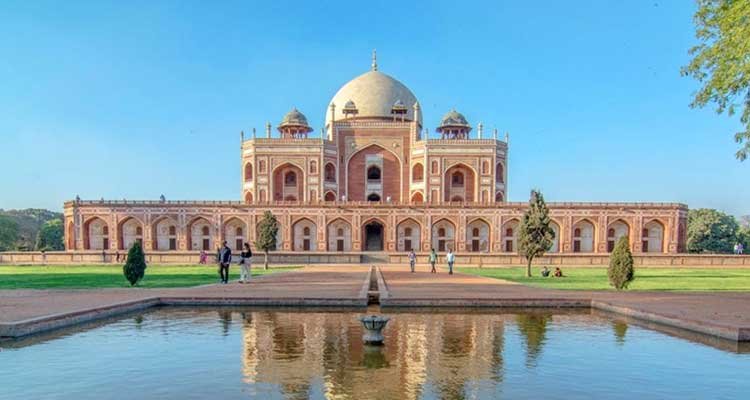
Price on Request

Price on Request

Price on Request



